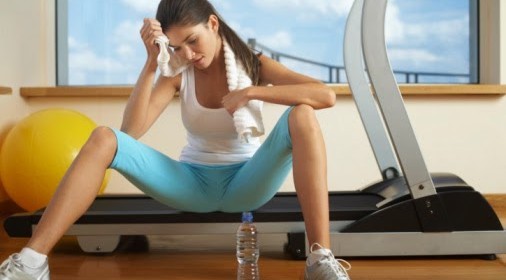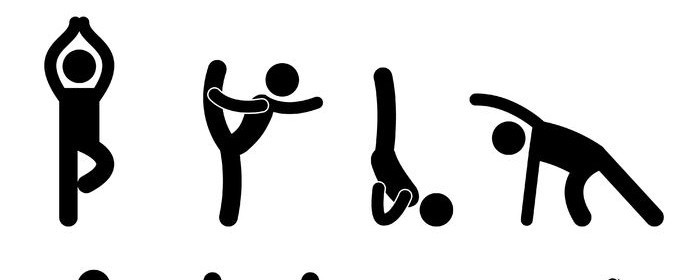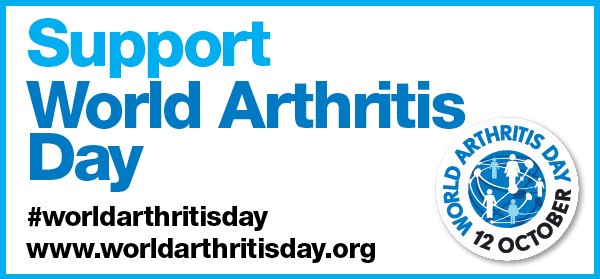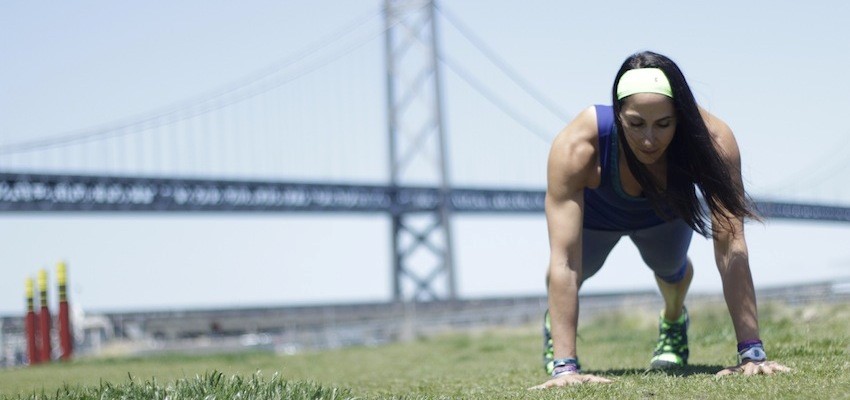As an athlete, rest and recovery are an integral part of any training program. As an adrenaline junkie, not so much. “No rest for the weary” is not a made-up phrase. So how does one find balance in a career of athleticism or simply as someone who enjoys physical activity?
As a wellness coach and nutritionist, I see this often. The compulsion to keep going, keep pushing, the “sleep when I’m dead” mentality can become chronic amongst athletes and fitness fanatics. Here are four ways to prioritize sleep, rest and recovery as part of your personal holistic wellness program:
1. Set an alarm.
Set a reminder in your phone for each evening that signals the end of movement and activity. No more exercise, no more work, no more electronics, no more excessive stimulation.
Start shifting into rest mode. Read a book, journal about the day, curl up with a loved one, take your legs up the wall, meditate and visualize for the next day’s training session, get into bed and sleep deeply. Make a ritual of evening downtime rather than flying into bed at the last minute, never giving the nervous system a chance to settle into rest mode.
2. Utilize your rest day.
Don’t just spend your rest day waiting for it to be over so you can get back in the saddle or in the water or on the trail (I’m talking to you!).
Take the day to fully be in your body. Visualize the muscles that are recovering, the tissues that are repairing. Focus on fluid intake and nutrition. Do some gentle yoga. Direct attention towards the things you’re too busy to do every other day when you’re training. Make lists of what to get done and stick to them.
3. Get creative.
Sometimes, as busy bodies, we tend to just want to “do do do” and “go go go.” By making a commitment to nurturing your creative side (a side each and every one of us has), you’re making space for stillness and growth.
It could be painting, building, designing, writing, playing an instrument, gardening…the opportunities are endless. Find what makes your motor run — creatively speaking — and commit an hour or two each week to fully experiencing it. This balances the yin and yang, the movement and stillness, and gives pleasure from a different angle.
Cultivating intimacy with a creative outlet now while young and healthy, really developing a relationship with and reliance on it. It’ll prove an excellent lifelong tool and resource.
4. Make eight hours a rule.
As an endurance athlete, you’re good at the “no pain no gain” mentality. Make it the same with eight hours of sleep.
It might be painful to get used to at first, but the gains will be well worth the extra snooze time. Your muscle, tissues and cells are repairing as you sleep, your hormones are doing their job, your organs are detoxifying and your brain is on vacation. Give yourself this. It’s not a luxury, it’s just as important as eating well and exercising. The three are a unit.
We can get a little obsessed and linear as human beings, but it’s so important to remember our biology. We weren’t created to overdo. We weren’t built to slave away all day long with no rest. Our bodies ask for what they need but we must listen. With some simple tweaks and a bit more rest, you may be shocked by the ripple effect. You’re worth it.
Read More
Article & Image credits: Mind Body Green











